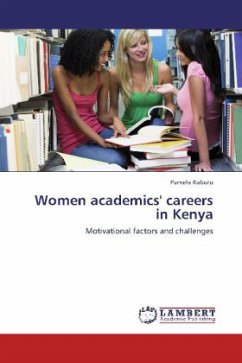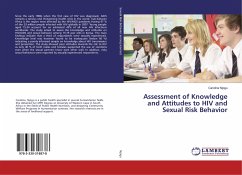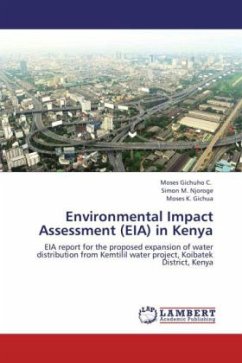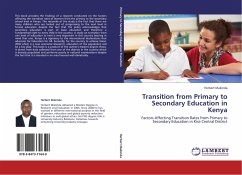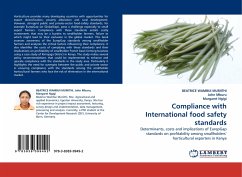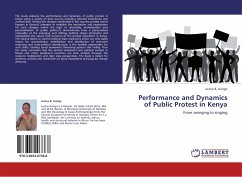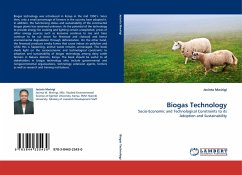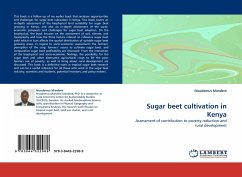
Sugar beet cultivation in Kenya
Assessment of contribution to poverty reduction and rural development
Versandkostenfrei!
Versandfertig in 6-10 Tagen
32,99 €
inkl. MwSt.

PAYBACK Punkte
16 °P sammeln!
This book is a follow up of my earlier book that analyses opportunities and challenges for sugar beet cultivation in Kenya. This book covers an in-depth assessment of the biophysical land suitability for sugar beet growing in Kenya, and also an in-depth assessment of the socio-economic prospects and challenges for sugar beet adoption. On the biophysical, the book focuses on the assessment of soil, climate, and topography and how the three factors interact to influence sugar beet yield which in turn affects the spatial distribution of suitable sugar beet growing areas. In regard to socio-econom...
This book is a follow up of my earlier book that analyses opportunities and challenges for sugar beet cultivation in Kenya. This book covers an in-depth assessment of the biophysical land suitability for sugar beet growing in Kenya, and also an in-depth assessment of the socio-economic prospects and challenges for sugar beet adoption. On the biophysical, the book focuses on the assessment of soil, climate, and topography and how the three factors interact to influence sugar beet yield which in turn affects the spatial distribution of suitable sugar beet growing areas. In regard to socio-economic assessment; the farmers' perception of the crop, farmers' assets to cultivate sugar beet, and comparative sugar beet profitability are discussed. From the interaction of the biophysical and socio-economic findings, the possibility for the sugar beet and other alternative agricultural crops to lift the poor farmers out of poverty, as well as bring about rural development are discussed. This book is a definitive work in tropical sugar beet research and can be a useful reference for all those who work in the sugar beet industry, scientists and students, potential investors, and policy makers.





